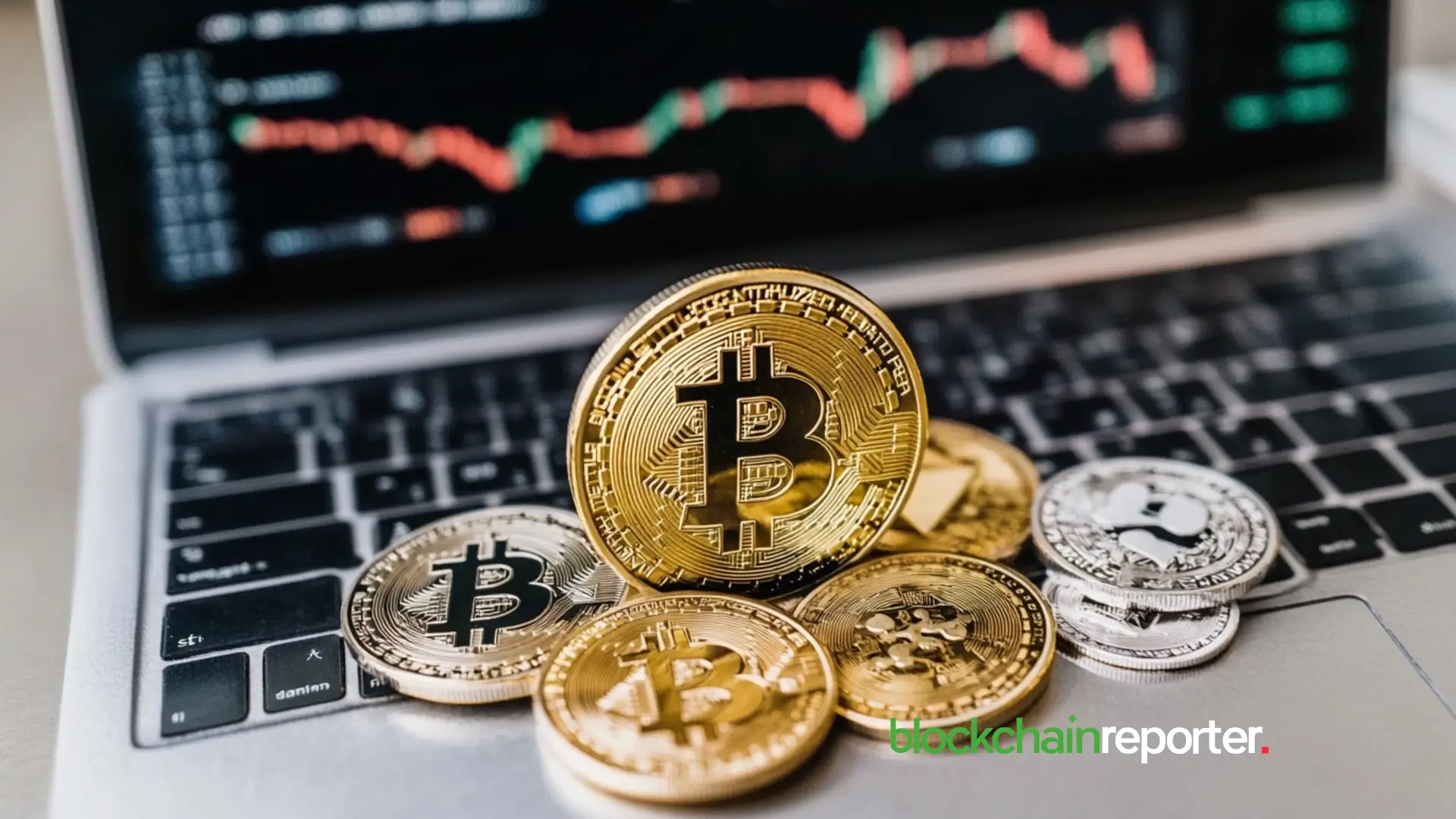
Tether, the company behind the widely-used USDT stablecoin, has made headlines with its latest acquisition of 7,629 BTC valued at approximately $705 million. This purchase has elevated Tether’s Bitcoin holdings to an impressive $7.7 billion, reaffirming its confidence in Bitcoin as a vital reserve asset.
Blockchain data reveals that the Bitcoin was transferred from Bitfinex’s hot wallet to Tether’s reserves, providing transparency around the transaction. This move aligns with Tether’s strategy of diversifying its reserves, which already include cash, U.S. Treasury bills, and other financial instruments. The transaction highlights Bitcoin’s growing role as a cornerstone of Tether’s reserve strategy.
Market Implications of Tether’s Bitcoin Accumulation
Tether’s acquisition comes at a time when the cryptocurrency market is experiencing heightened volatility. Notably, large-scale investors, or “whales,” have been accumulating Bitcoin, signaling rising institutional confidence in the asset. Analysts believe that this move by Tether could provide further stability to Bitcoin’s price trajectory, potentially mitigating bearish market sentiment.
This substantial purchase underscores Tether’s efforts to strengthen its reserves amid growing regulatory scrutiny. By bolstering its holdings with Bitcoin, Tether aims to ensure greater transparency and resilience in its operations. The move aligns with broader industry trends as stablecoin issuers seek to maintain trust and stability in their platforms.
Tether’s decision to acquire additional Bitcoin is expected to bolster market confidence not only in Bitcoin but also in USDT. As the most widely-used stablecoin in the crypto ecosystem, USDT benefits directly from the robustness of Tether’s reserves. With Bitcoin holdings now exceeding $7.7 billion, Tether continues to solidify its position as a major player in the digital asset space.
This bold move by Tether not only reinforces its commitment to diversifying its reserves but also underscores its pivotal role in the cryptocurrency market, as both a key player and a source of stability.








